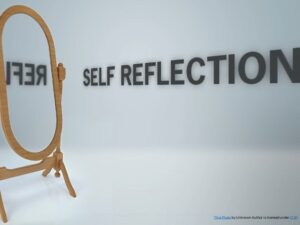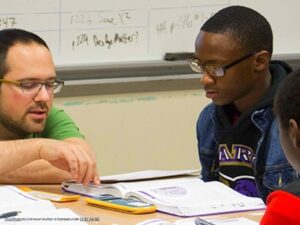10 best practices for developing lifelong learning skills through GRownTH
Closing the cycle of experience, reflection, assessment, and self-regulation is key to effectively develop skills. Learning arises from reflecting on the experience. Assessment guides the learning and makes it visible. Both encourage self-regulation: behavioural changes and actions on the learners’ side to improve their skills and competencies.
It’s a relatively simple cycle. Here are 10 best practices to effectively complete it in activities and projects through GRownTH by Edunexis:
1. Coordinate a school-level activity plan for a balanced distribution of workloads for learners, of clusters and skills, and of subjects in which they are integrated.
2. Prioritise activities and projects in areas of interest of the learner.

3. Convey to the learners the importance of reflection. Use analogies close to their heart: professional players, for example, analyse and reflect extensively on their performance in matches and on specific plays.
4. Position reflection as an integral part of the activity. The activity is not completed until the reflection questions are answered.
5. Ensure that learners reflect right after the experience not before (they must apply the skill first), nor much later (they ‘disconnect’ and ‘forget’ the experience).
6. Create a space for reflection after the experience: spend a few minutes in class or set it as the homework for that day.
7. Use group reflection to support individual reflection, exposing the student to different points of view. It can happen before the individual one to prime the process, or afterwards to share learnings.
8. Base the assessment of the learner’s skills competency on the experiential part observation. Reviewing the answers to the reflection questions can help but it is not necessary: they are rather a tool for awareness and insight to the learner than an assessment tool for the educator.
9. For many skills, the observation by the educator is easier if the experience is done in class and in pairs or groups: the dynamics are more visible.
10. You do not need to send notifications (provide feedback) or assess all learners across all activities. The main objective of the assessment is to help with the learning.
Do you have suggestions, comments, or other best practices? Send them to us at [email protected]




